|
Like most websites, ever since we launched our Center Stage Interior Designs (CSID) website way back in 2001 we’ve tracked the statistics to see who our readers are, where they’re located and what they read. Recently we’ve had a few people ask who reads our site – so we thought that we would share some of our statistics from 2020 with all of you. In 2020 we had readers from 58 different Countries around the world - with 89% or our readers coming from the United States and with the largest concentrations outside the US being in the following 10 Countries:
In the United States we have readers from all 50 States - with the largest concentrations being in the following 10 States:
Since our interior design services are located in Sudbury Massachusetts, our readers in the Boston metro area are of acute interest to us. These readers constitute 17% of all our readers – but actually account for 37% or our website’s page views – looking at more pages and staying on the pages longer. They are primarily located in Sudbury, Boston, Concord, Acton, Concordia, Maynard, Wellesley, Dedham, Newton and Waltham; which is great for us since all of these towns are close enough for us to actually be able to visit to help convert these readers into happy clients. The 25 pages and blog posts that have people read the most over the past year are: The majority of our users look at our site between the hours of 9:00 AM and 12:00 AM (midnight). Most of our readers find us either by searching on Google (69%) or by previously having been to our website and coming directly to us (14%). A much smaller percentage (9%) find our website through Pinterest photos that our readers post in their online accounts. The majority of our users view our website from their desktop computer (49%) or their mobile device (46%) using either Safari (44%) or Chrome (39%) browsers. Hopefully this data shows you that you’re in good company as you view our Interior Design portfolio photos, or read through our Interior Decorating blog posts. Our wish is that they give you some information that will inspire your design vision and interior decorating activities. Wherever you’re from, we’re glad that you stopped by to look over our CSID website!
If you're located in the Boston Metro area - give us a call! Since many of you are currently either "working from home", or housebound from all the Government dictates, now might be a good time for you to address some of those home decorating projects that you have been pondering for a while. After all, Spring is arriving and that's a great time to refresh your nest - especially since you and your family are undoubtedly spending more time inside than usual. An important note: I hope that you and your loved ones are all doing okay in this uncertain and scary time of medical crisis. I also hope that you are okay with me putting out a business blog post that deals with a very non-emergency thing like interior decorating at this time. In my business, there is no such thing as a decorating emergency, and we all know (and appreciate) that. However, like you, I’m trying to get my family through the day in a productive way, abide by all the social distancing and health rules, and support my community and neighbors during this mess. So I think this blog post is reasonable – I hope that you do too. Thanks for understanding. Now here’s how we can work together - at a distance – over the next few weeks. Shop-At-Home Service My interior design business has always supported “shop-at-home,” and my design studio is located in my home, so I am already very well postured to help you with interior design activities “from a distance.” This means that we don’t have to interact face-to-face to get things that have been on your list for a long time accomplished! Because of how I’ve always operated, I have all my tools and resources at my fingertips right now, including fabrics, paint swatches, samples, sewing machines, woodshop, and my digital rendering software. So I’m ready if you are. Meet and Home Walk-through via Electronic Means Normally, I would come to your home in the Boston area, meet you, and discuss the scope of your interior design needs in person. Well, with Facetime and Zoom, we can still accomplish that task exceptionally well, just from a remote stance. After these discussions, to let you know how the proposed design would look, you can email me photos of your home, and I can email you back digital design renderings so that you can envision your home in a new way. Ordering Products
I'm a firm believer in American manufacturing, and my 3 main fabricators of blinds and shades (Lafayette, Horizons, and Comfortex) are all located in the US. Two of these manufacturers, and 95% of my fabric vendors remain open, operating and sending out products as of 27 March 2020; so that part of the interior design pipeline is very much viable and strong. Because they are great, I would very much like these companies to stay in business (and employ their fabulous workforce who always “speak with a smile” on the other end of the phone) during this time of uncertainty. In addition, my furniture vendors are all working remotely, and I have been in contact with my representatives to keep the ball moving on designs for my client’s current projects. For more information on my support to American manufacturing, you can check out my previous blog post. Working out the Details Once we have sorted out a design and plan, we can move on to implementing your design vision by taking the next actions remotely: Samples My fabric vendors are still sending out samples, so I can order samples that can be directly delivered to you. That way you can see, touch and feel whatever fabrics we determine together are contenders for your project. Taking Measurements Well, that might be a tad more difficult to do remotely, but we can work this out via Facetime and/or Zoom. I know that we can be creative! Fabrication I am getting lots of sewing/fabrication done while at home! You would not believe the amount of “inventory” of fabrics I have that are just waiting to be made into projects (e.g. valances, pillows, cushions, etc.,). Dropoff and Installation I am happy to deliver items to your doorstep like the UPS or FedEx driver. I can even install your items in your home (with appropriate social distancing and sanitization protocols) – or we can get everything made and install it after the crisis wanes. Alternatively I can guide you to install them yourself – by providing you with online installation instructions and by walking you through the installation via Facetime and/or Zoom. So, if you want to make good use of this break from “normal” life, give me a call at 978-440-7264. As always, I offer a free initial consultation, and that can be via electronic means. During our call we can chat about your needs and set up an electronic walk-through. It’ll be nice to talk to you, whether about decorating, or how fortunate we are to be in Massachusetts in the springtime, or our families, or that “elephant in the room.” As a note of encouragement, this morning my Lafayette representative, Jackie Ibarguen, sent me a quote that I liked: A bend in the road is not the end of the road... unless you fail to make the turn."-- Helen Keller Stay healthy! Personally I’m looking forward to our country and the world making the turn to safer times together with compassion, spirit, and dedication. Happy Halloween! What a great holiday, and one we celebrate here in Massachusetts in a big way. This year I’ve noticed incredibly elaborate Halloween decorations in my town, from seriously oversized blowup cats on roofs to creepy life-sized mannequins hanging from a tree (I’ve altered my walking route to avoid that one!) plus all the pretty and festive pumpkins, corn stalks, mums and other seasonal items. I can’t wait to see the real treats of the night - the happy kids in costumes showing all their imagination and spirit. My daughter is one of those super creative kids who absolutely adores Halloween, Cosplay and fantasy. So each Halloween I pull a “Project Runway” self-challenge (of sorts) to create whatever she has sketched up for her current favorite character. It’s great fun to turn my workroom into a costume design studio and bedeck my favorite client in whatever custom creation she designs. That Project Runway stuff is harder than it looks! Here is a sampling of my daughter’s costumes over the years. What fun and joy my husband and I have had with her on Halloween. Here's hoping you enjoy your Halloween, all you superheroes out there!
Today’s blog is about window treatments, specifically drapery panels. While draperies and window treatments are my passion (what better way to showcase gorgeous fabrics?!), and a large percentage of my business, I don’t think that I’ve specifically addressed the trade lingo and facts about draperies in my blog yet. Well, it’s high time! Draperies are a classic and current decorating medium to control light, soften a room, and well, finish it completely and perfectly. As stated by Erin Gates, Boston Interior Designer, author of Elements of Style and her own line of area rugs by Momeni and other beautiful home décor products: “Nothing makes a room look more polished and finished than custom tailored window treatments.” Erin Gate Erin is so right, and regularly features tailored, crisp, and elegant drapery panels in her design projects. So here’s a quick tutorial on the terminology of drapery panels: Stationary Panels: Draperies that are not specifically designed to close fully over the window, but hang at the sides of the window in their “as-designed” configuration. Stationary panels serve to add color, interest, and a soft edge to window and are often layered over a privacy shade or sheers that cover the window. Here's a photo of a dining room I designed with stationary panels layered over relaxed roman shades. I used the butterfly pleat (2-prong) to give some interest to the textured fabric, and the panels hang about ¼” off the floor. No high-water panels in the custom realm! I just love that deep teal color on the walls (Benjamin Moore 2123-20 Caribbean Teal), and this dining room has a Chinoiserie vibe that complements the artwork (not shown) selected by the owner on a trip to Hong Kong. Operable Panels: As the name implies, operable panels are wide enough to be drawn across the window and close over the glass area if desired. Operable panels might be hung via rings that slide on a rod, or a traversing rod system which has a rope loop to pull at the side. The width of the window, and the width of the “stack back” area (to each side of the window), determines the amount of material needed to cover the window for operable panels. Often, we have operable sheers and stationary side panels, as shown below. Fullness: Fullness refers to how much fabric is incorporated in each pleat. 2.5x fullness is fairly standard, meaning that when pleated up at the header, a width of fabric that is 50” wide gets pleated into a usable width of 20” at the top. So, if you are covering the window with operable draperies, the 20” is the parameter that will matter in determining how many “widths of material” (WOM) is needed to cover the window. Sheers are often pleated at 3x fullness for a rich elegant look like the above photo. It doesn’t make sense to do skimpy with custom! Like your mother told you, if you put in the effort to do custom, you do it right. Custom: Well, I don’t need to educate you on what custom means in general, but for window treatments, custom is clearly obvious at first glance. They fit! And they’re proportional! And the quality craftsmanship is visible……. In addition to my other business memberships, I’m a member of the Window Covering Association of America (WCAA), a national organization whose mission is to promote the professional education and standards in the window coverings industry. If you’re interested in the details of what truly constitutes custom fabrication techniques, here’s the area of the WCAA website that shares the standards in our industry: http://www.wcaa.org/industry-standards To summarize the WCAA standards that set custom draperies apart from ready-made, here are the top 5 differences: 1) Lining: Quality lining that hangs separately from the main fabric, and is hemmed. Quality lining is readily apparent at first inspection. It does so much for any window treatment. When one considers that quality lining differs by only $10 total PER PANEL over a thin, ready-made panels, it’s a no-brainer to use quality. After all, you are going to have your custom window treatments a long time. 2) Pattern Match: Patterned fabric is matched at seams, seams are hidden as much as possible, and the pattern must be consistent at the header across multiple treatments/panels in the same room. Custom workrooms like Center Stage (ME!) put particular effort into pattern placement for optimal effect. For more information on “pleating to pattern,” another custom technique, see my prior blog post. 3) Weighted hems and double fold side seams: Weights are inserted in the hems to help the draperies hang straight and correctly. Custom draperies have side hems that are folded over, not “pillowcased” like ready-mades. These side hems serve to keep the draperies from “hiking up” at the edges. Like you, we like “even, level, and smooth.” 4) Interlined if silk or delicate fabric: Interlining is a cotton flannel fabric that marries well to light gossamer fabrics like silk that need more substance when made up into drapery panels. Therefore, silk panels from the Center Stage workroom have three layers: silk, interlining, and cotton sateen lining. Plus, I always insert interlining in the hem of my silk draperies to give some added softness. 5) Banding: Oh, banding is a favorite technique of mine to add luscious umph to drapery panels! Whether with a fabric, or an applied tape/braid, banding is a highly-sought decorative feature that sets custom draperies apart from ready-made, There are many examples of my banded panels in my portfolio area. Below, I share a photo from the cover of Greenwich Style by Cindy Rinfret which shows the incredible decorative power of banded draperies. Finally, here’s an important note on proportion. The proportion of draperies to the architecture of the room and other elements is essential - and exactly what you hire a professional for! This is a large topic that deserves to be addressed separately, so I plan to do that in a future post.
So, that’s all for this week on “The Case for Custom Draperies.” Sounds like a good courtroom drama…well, maybe not so exciting. Suffice to say that custom equals quality, and that’s what Center Stage endeavors to bring to our clients. I hope wherever you are, you are enjoying a lovely and bright Fall day like we have today in Sudbury, MA. Thanks for reading my blog post. If you are reading my blog and enjoying it, or have any comments or topics that you would like me to address, please drop me a line through my contact page. One of the hallmarks of custom drapery fabrication of a patterned fabric into window treatments is “Pleating to Pattern.” Simply said, the layout of the fabric into pleats takes the fabric’s pattern into primary consideration, and this Custom technique (yes, with a capital C) is standard at Center Stage Interior Designs. Because you will find that the pleats make a pattern of their own too. Here is an example of a ready-made drapery from Ballard Designs that is NOT pleated to pattern. It’s a great fabric, one which my client Nicole (and I) absolutely adored to go with her living room painted in Benjamin Moore Wythe Blue (HC-143). But…the fabric looks a bit slouchy on the window, and the haphazard pleating scheme was definitely not the tailored look my client wanted. So, here is the way I fabricated Nicole’s draperies “Pleated to Pattern.” Here is another example of a gorgeous geometric fabric pleated to pattern in a dining room: And, finally, a photo of an otherwise gorgeous room that has, regrettably, NOT pleated their custom draperies to pattern. I put this in the “what were they thinking category?” This photo is from Elle Décor Magazine, and their caption states,
“In the master bedroom of an apartment on NY’s Upper East Side designed by Brian McCarthy, the armchair upholstery and linen curtains from Quadrille are custom printed with a fern-like pattern.” Well…in my opinion, if you get CUSTOM-PRINTED fabric, you should be able to control the pattern repeat so your custom draperies would be pleated to pattern. Can’t imagine how much this room costs, and really, I just love all the elements (maybe minus the zebra head). However, their custom workroom should have advised them of the pleating issue, and the designer/workroom team could have figured out a way to make the fabric work better. As a drapery fabricator and designer, I want to take these draperies back to my own fabrication studio in Sudbury and make them perfect… That’s it for our lesson of Pleating to Pattern. May all your patterns be pleasant and draperies pleasantly-pleated! |
Barbara PhillipsBarbara Phillips, interior designer and owner of Center Stage Interior Designs, has delivered impeccable window treatments and design services to both residential and commercial clients in Massachusetts since 2001. Categories
All
Archives
March 2021
|
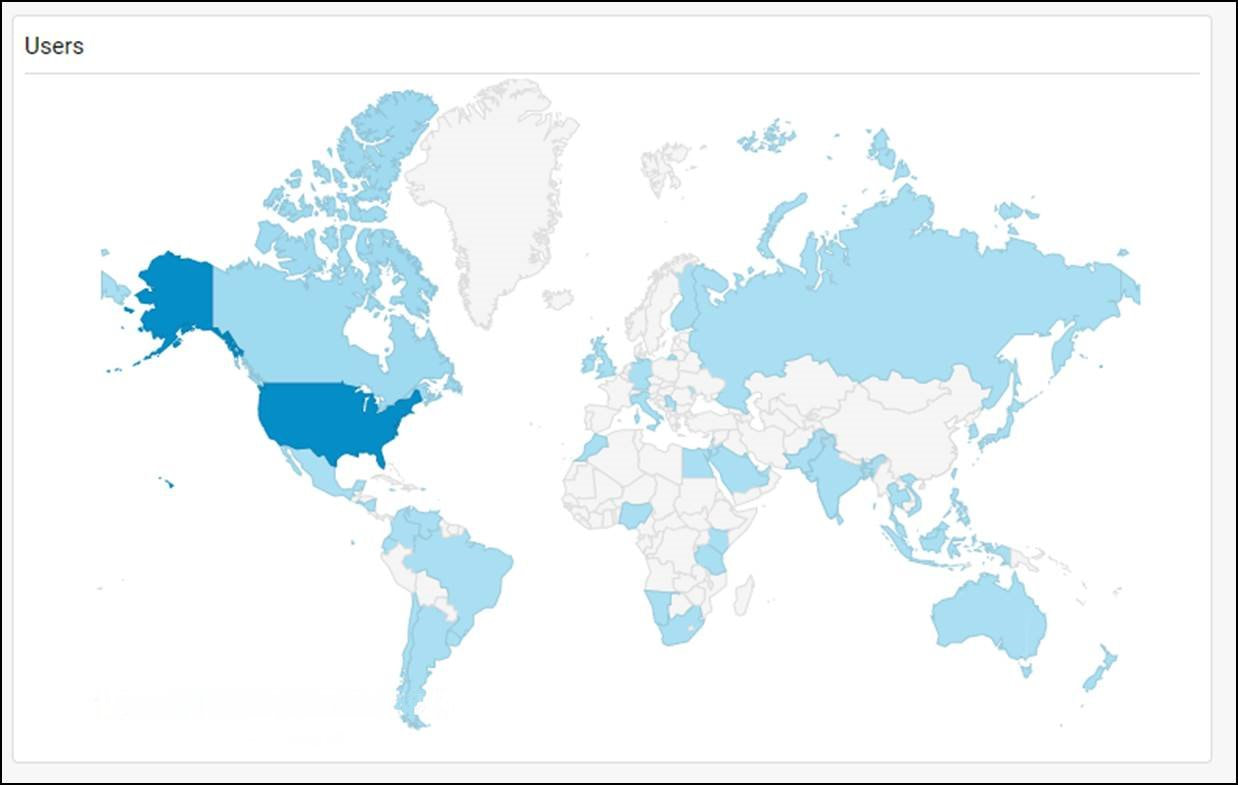
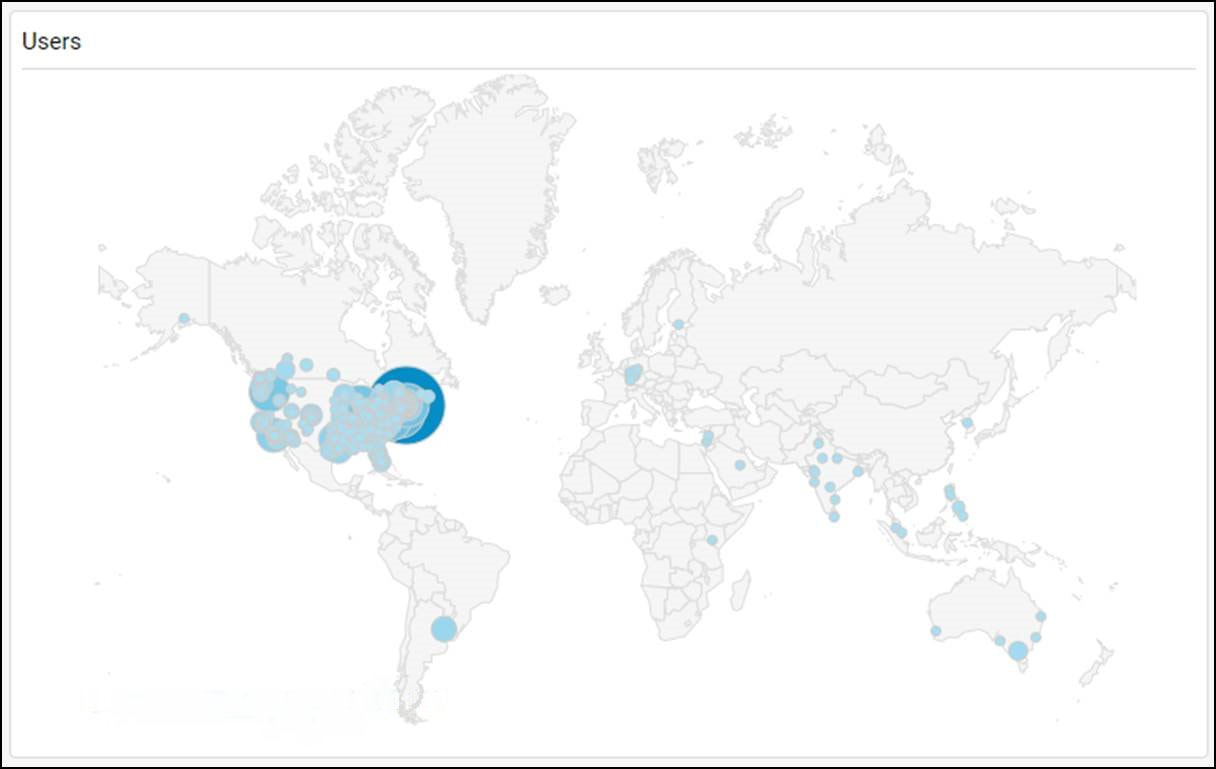
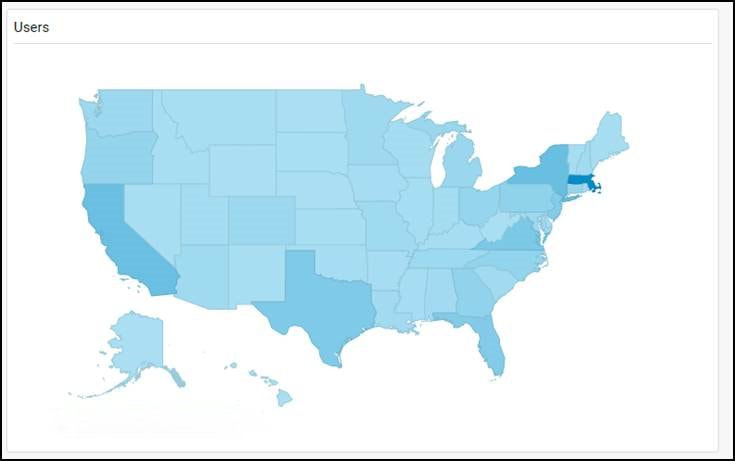
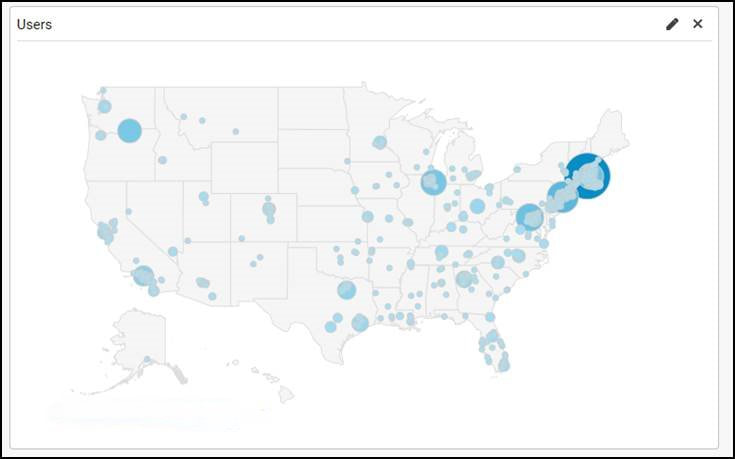
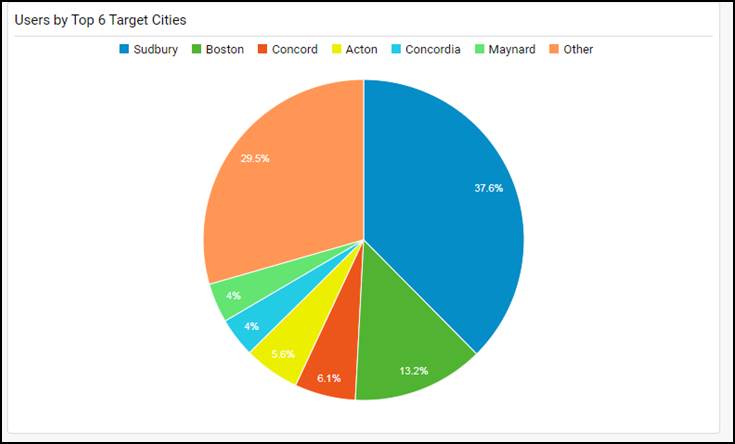
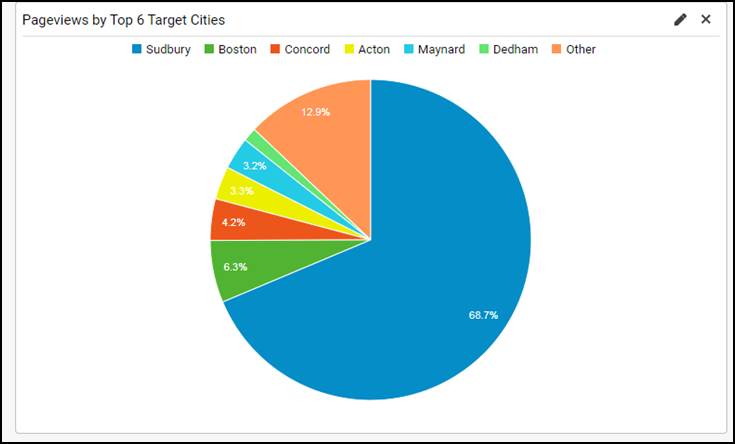
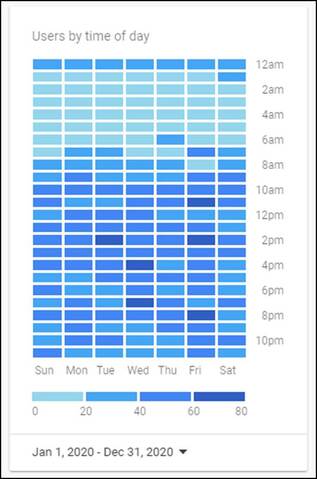
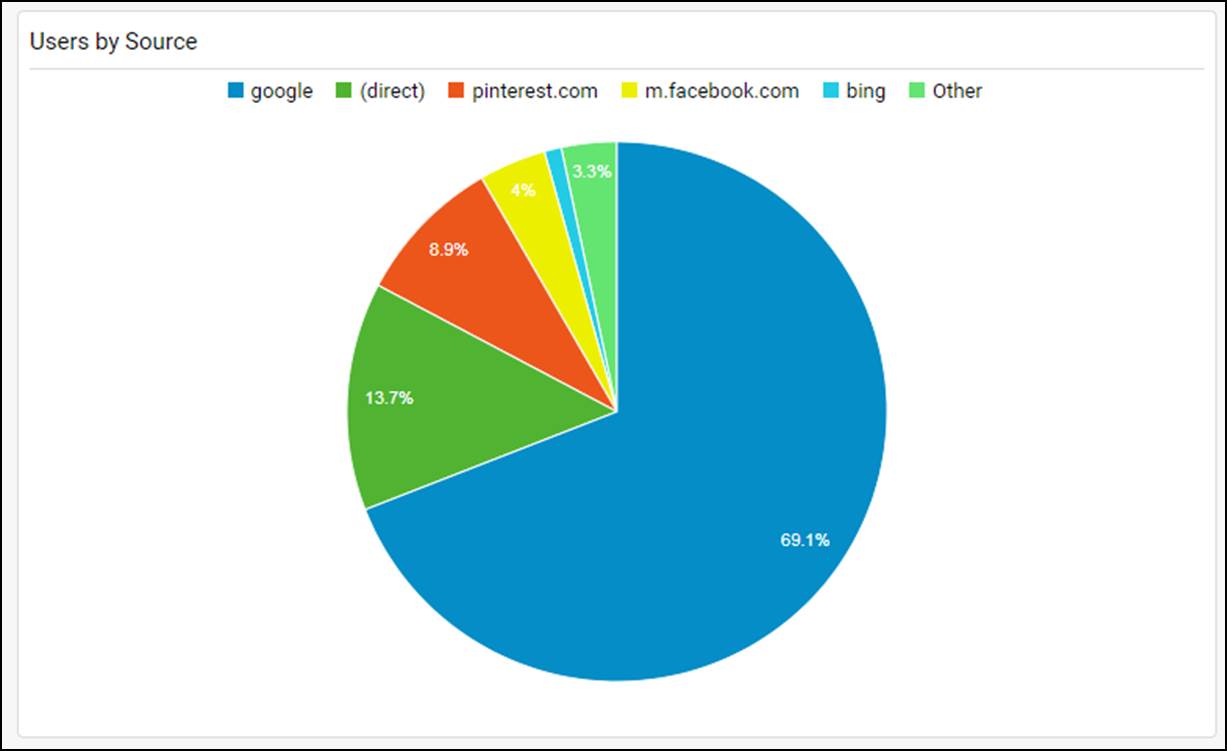
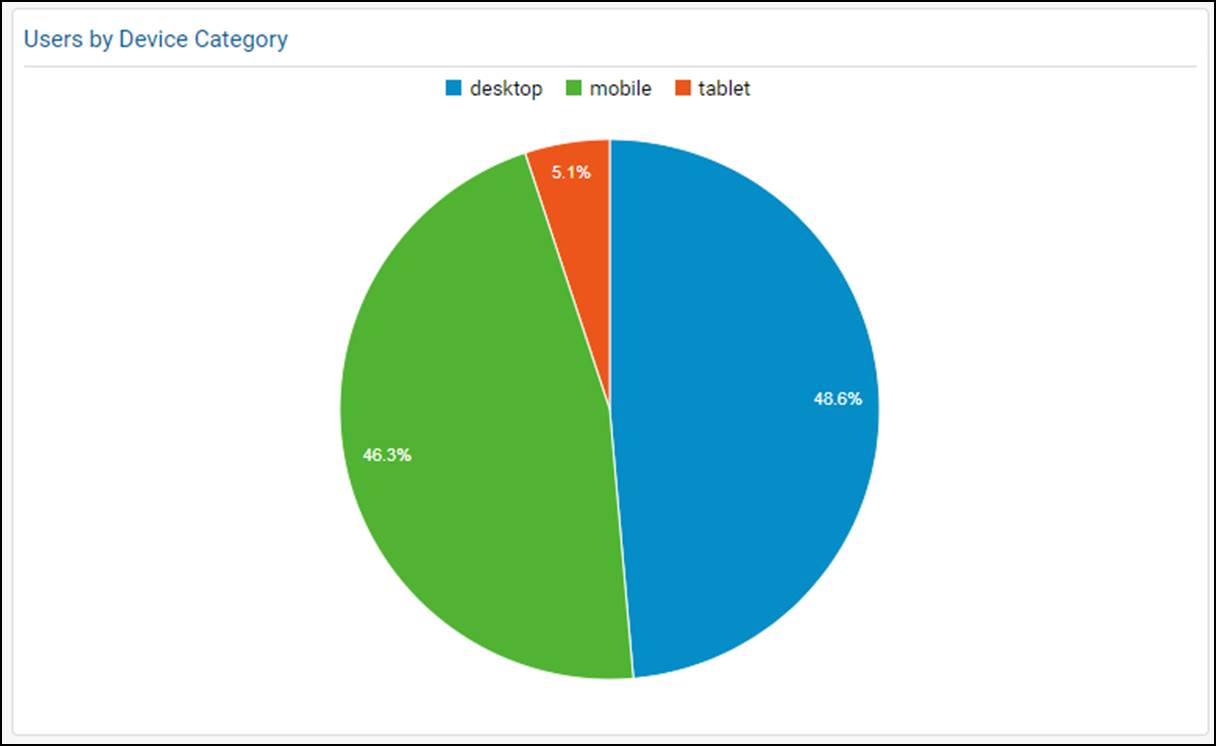
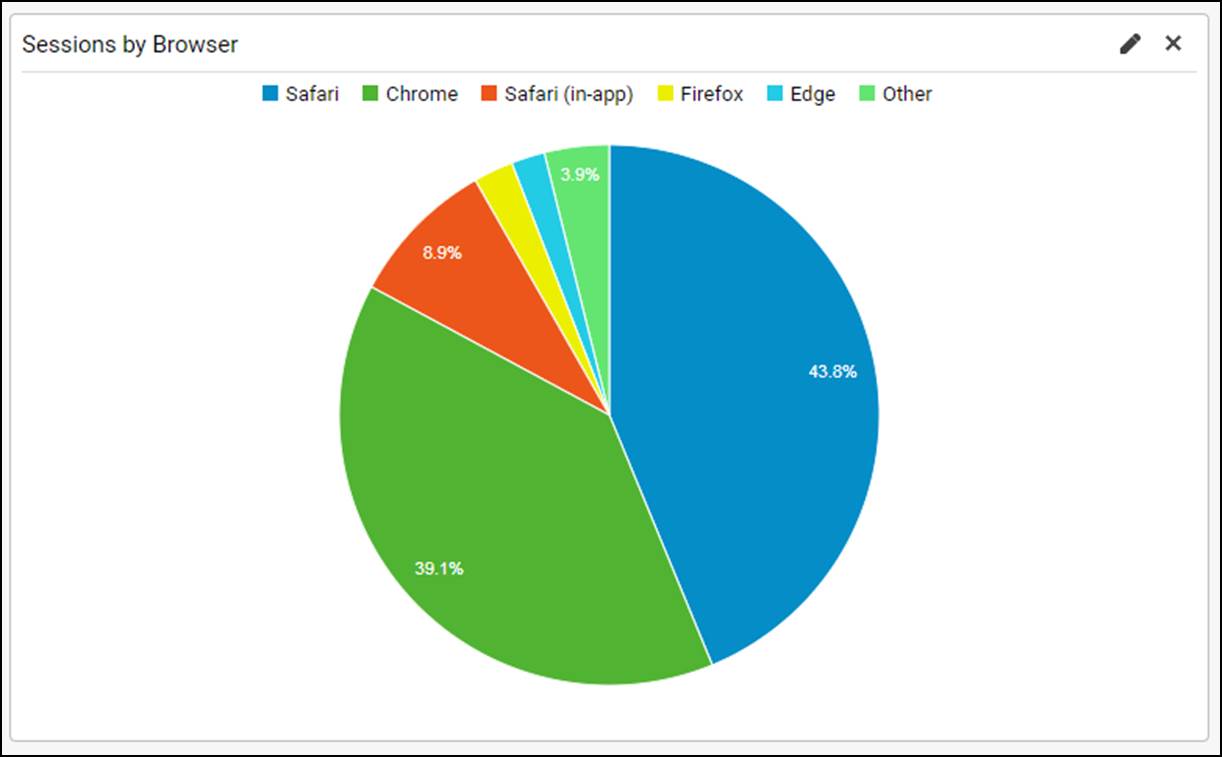

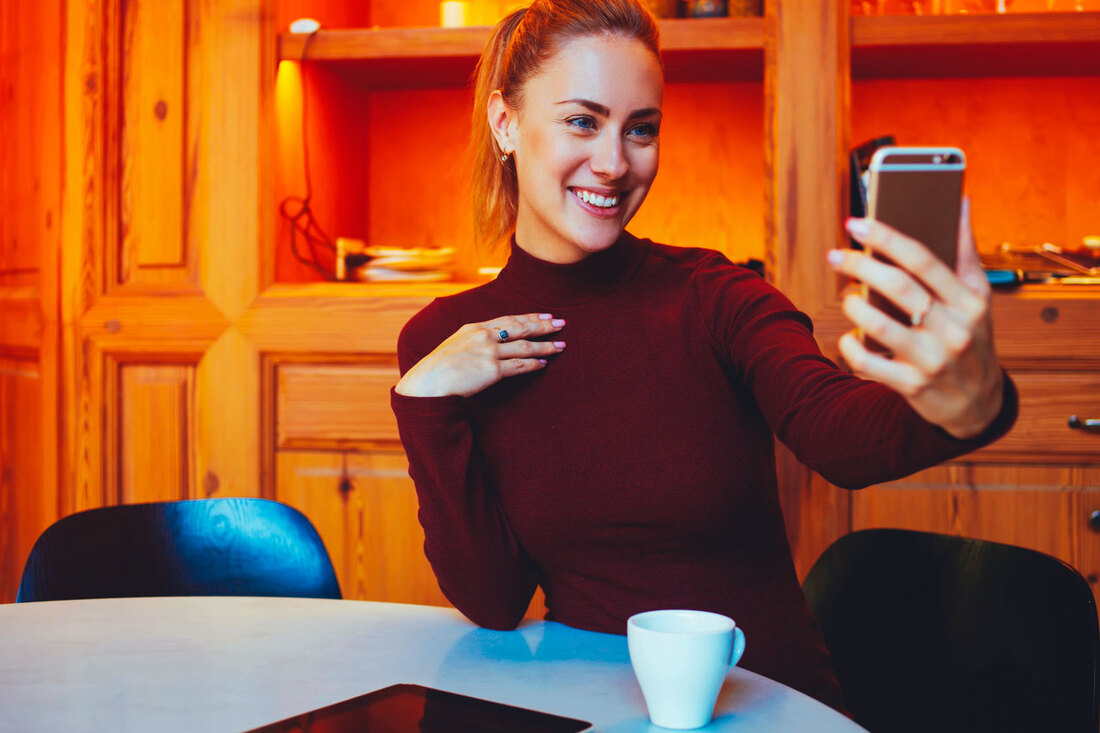

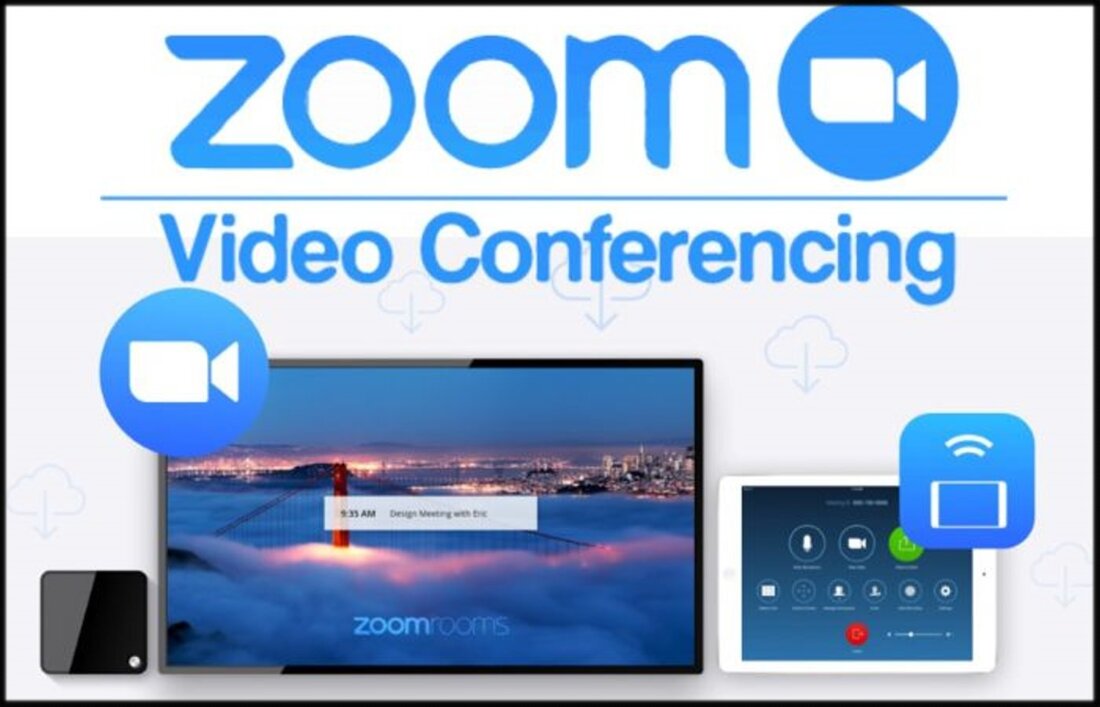






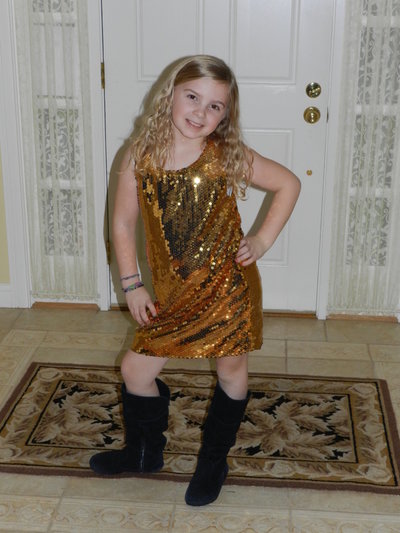
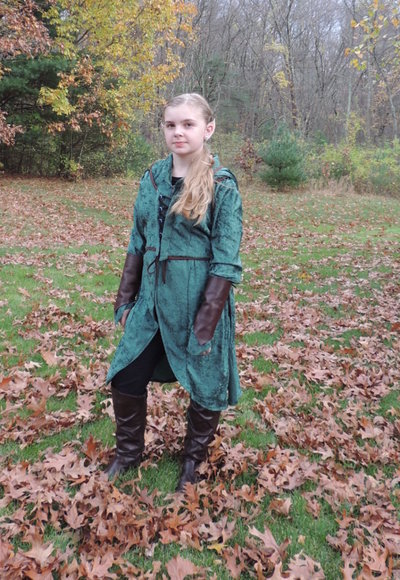

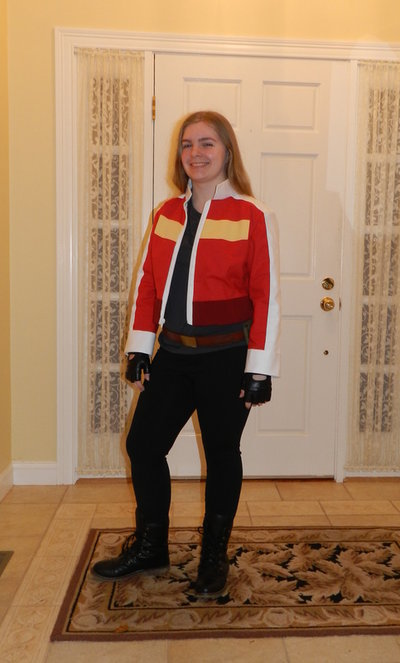

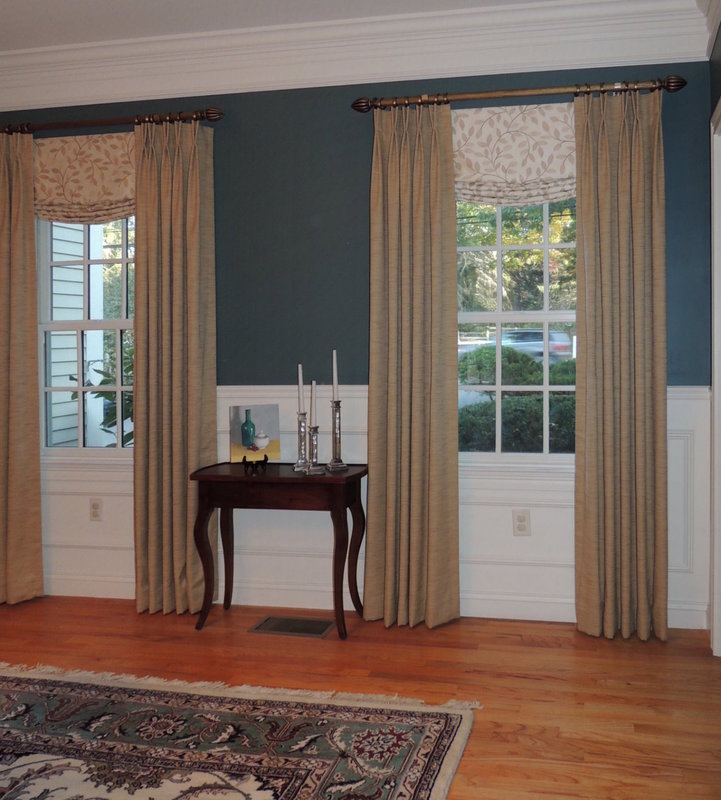
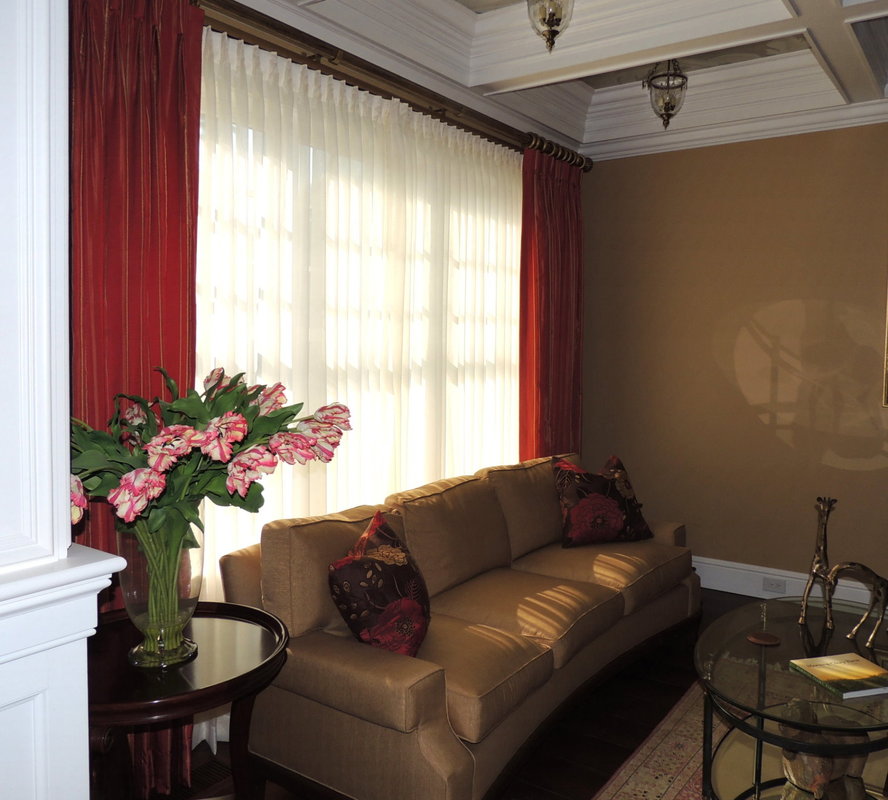
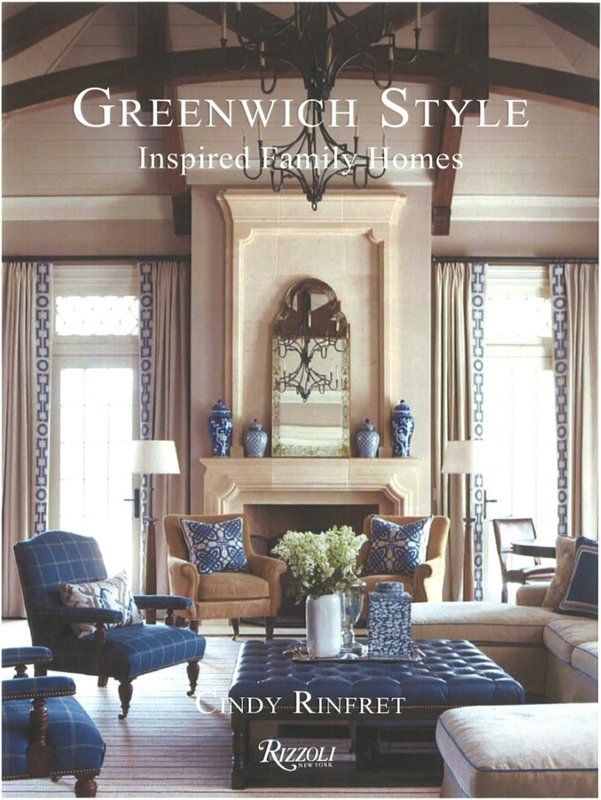

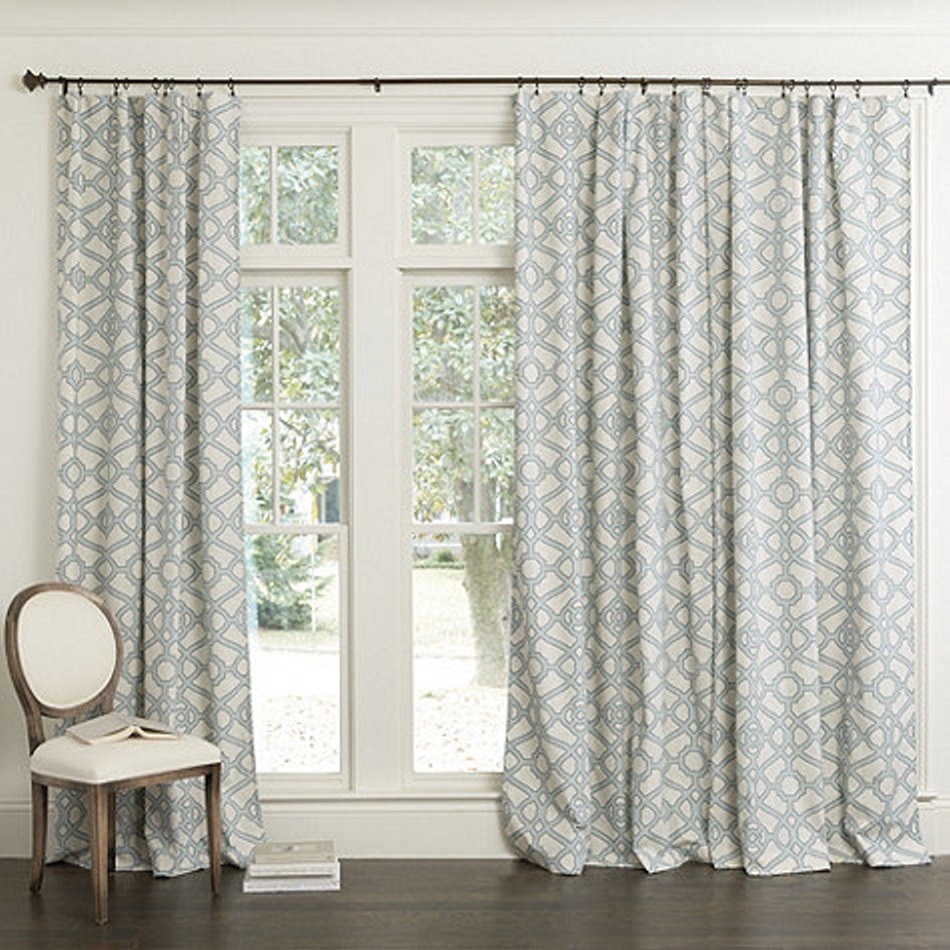
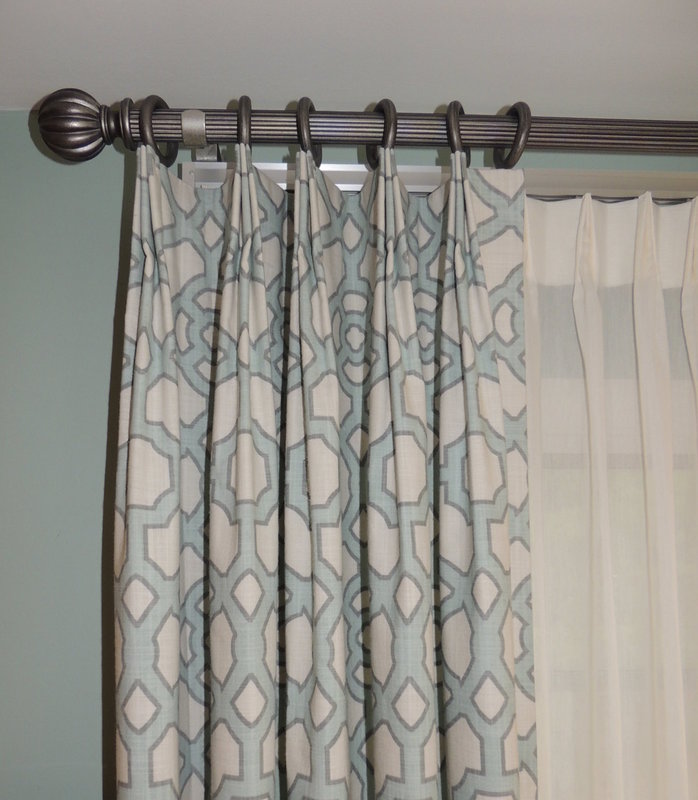
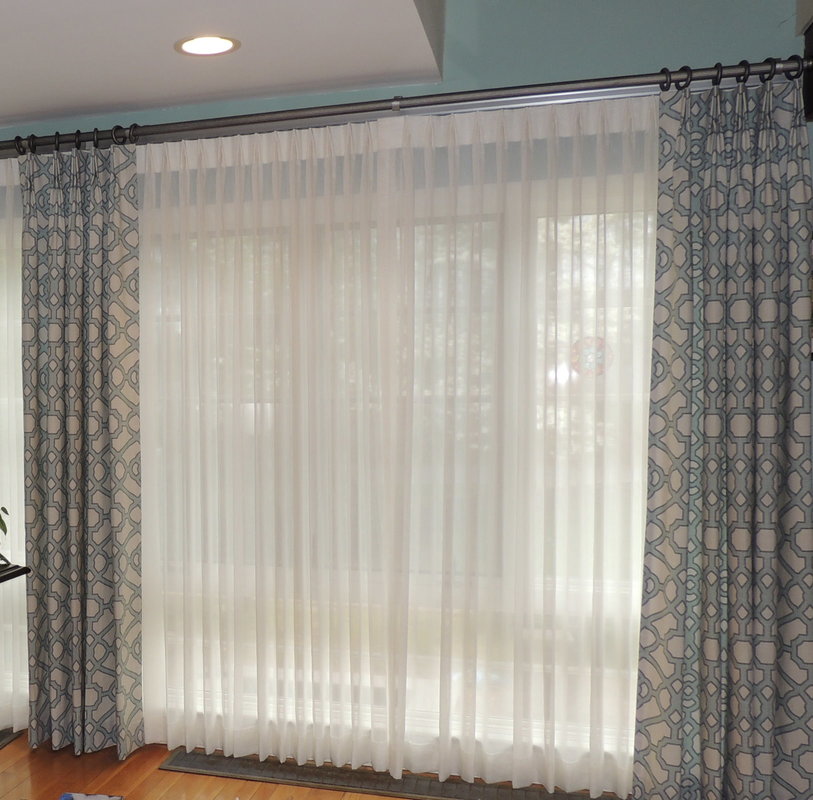
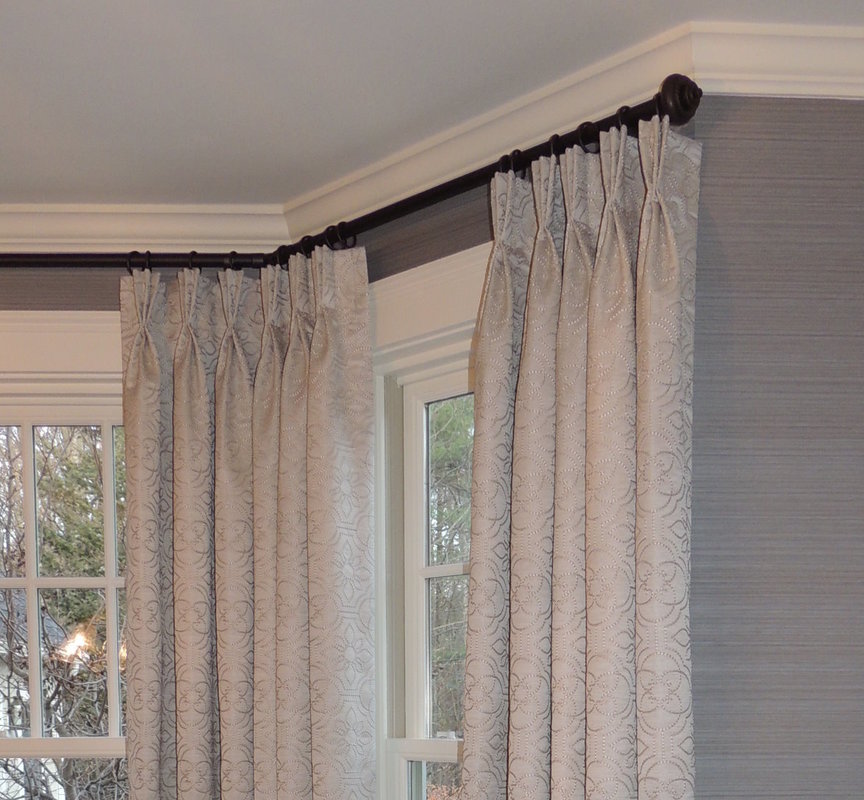
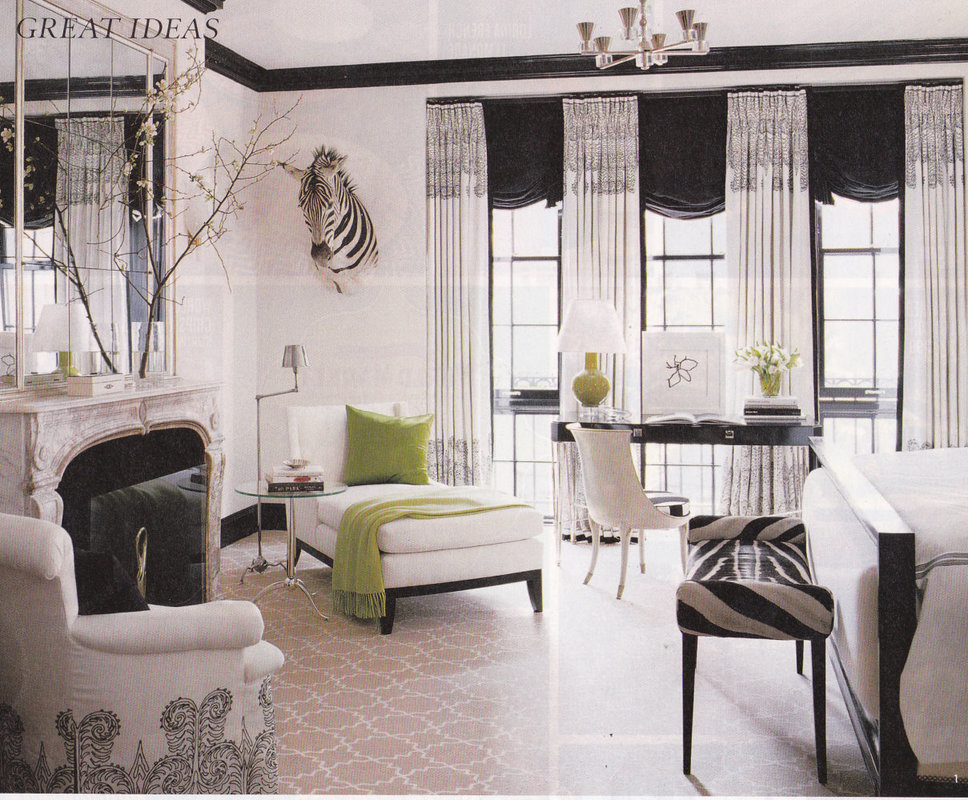


 RSS Feed
RSS Feed